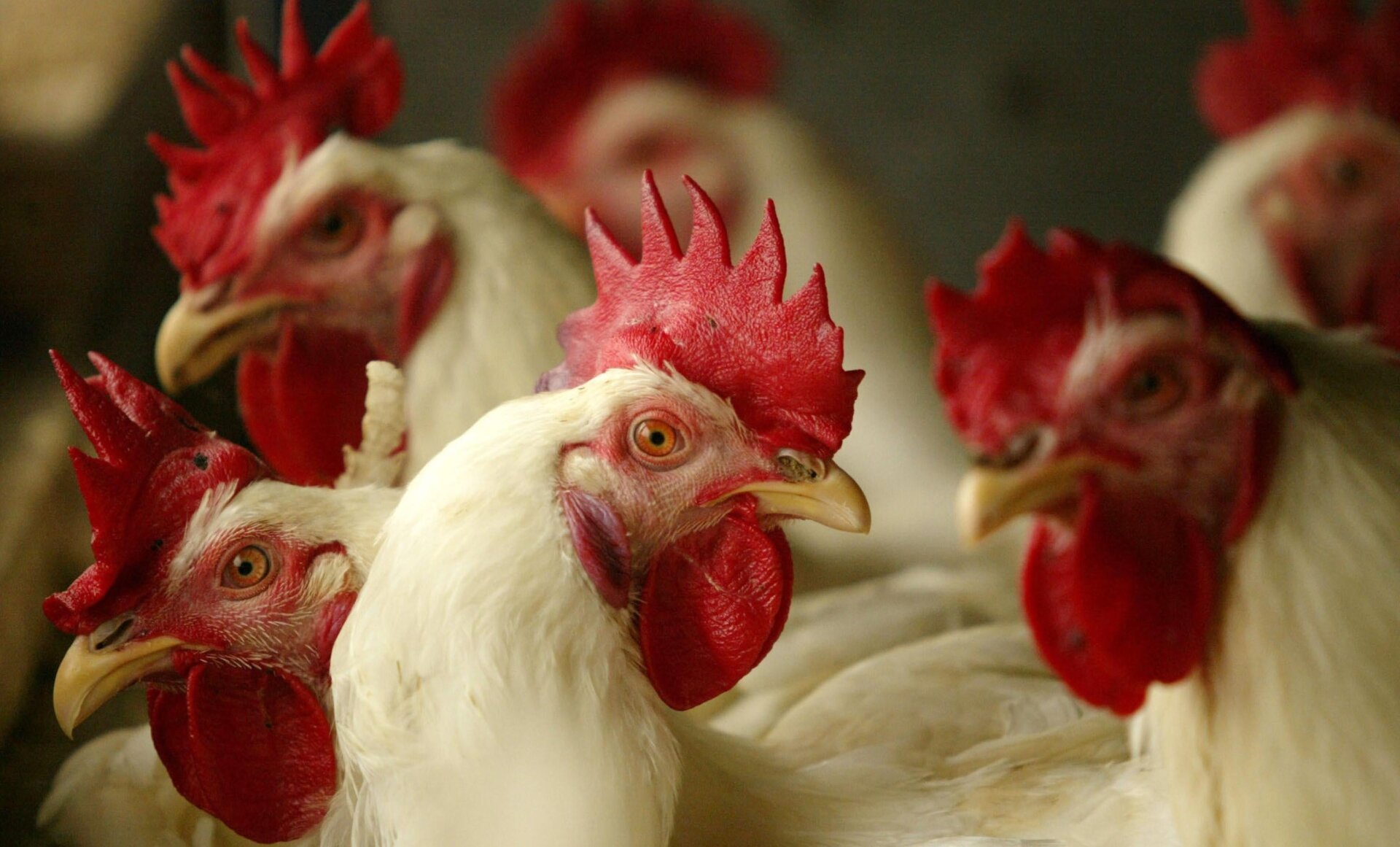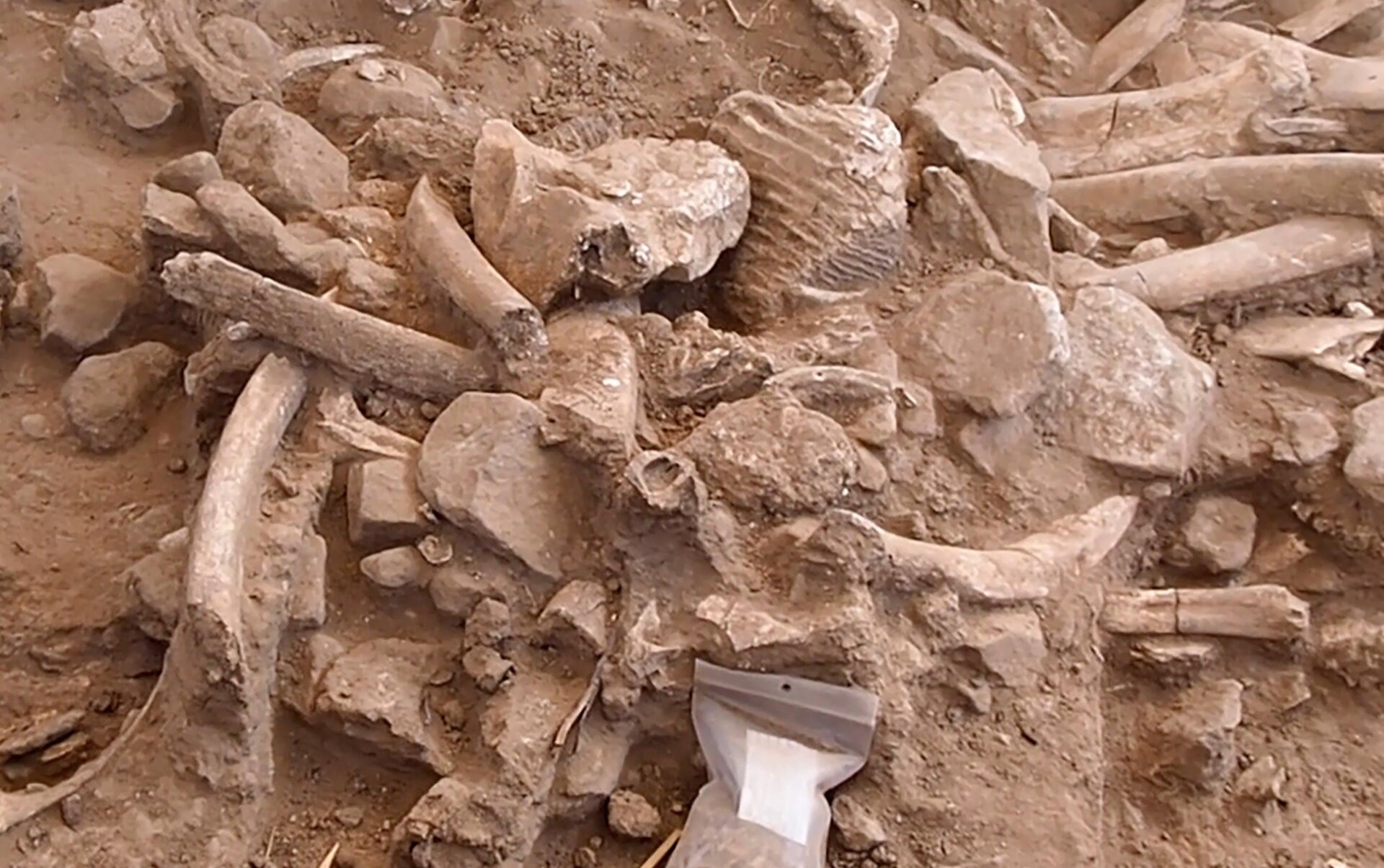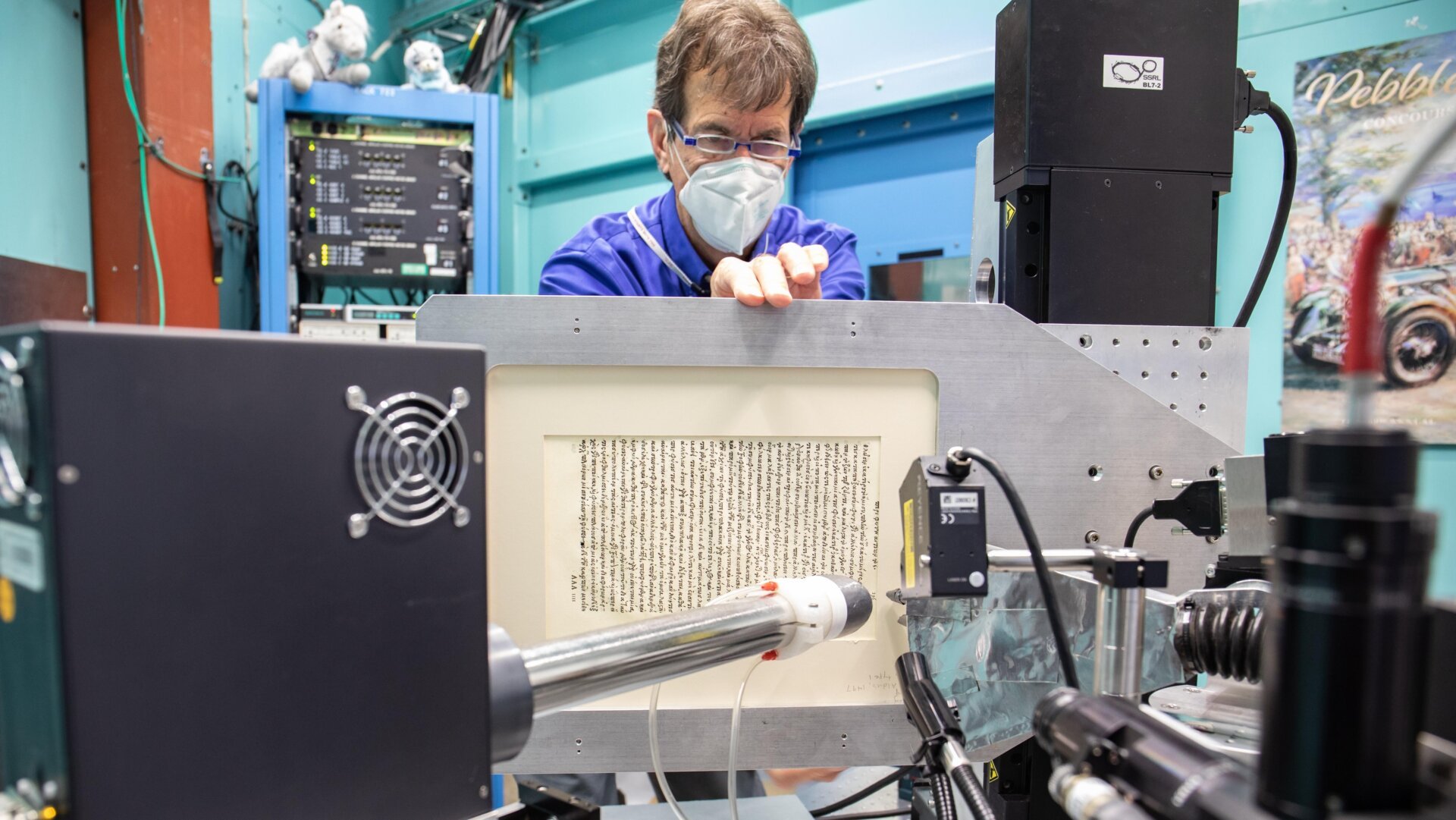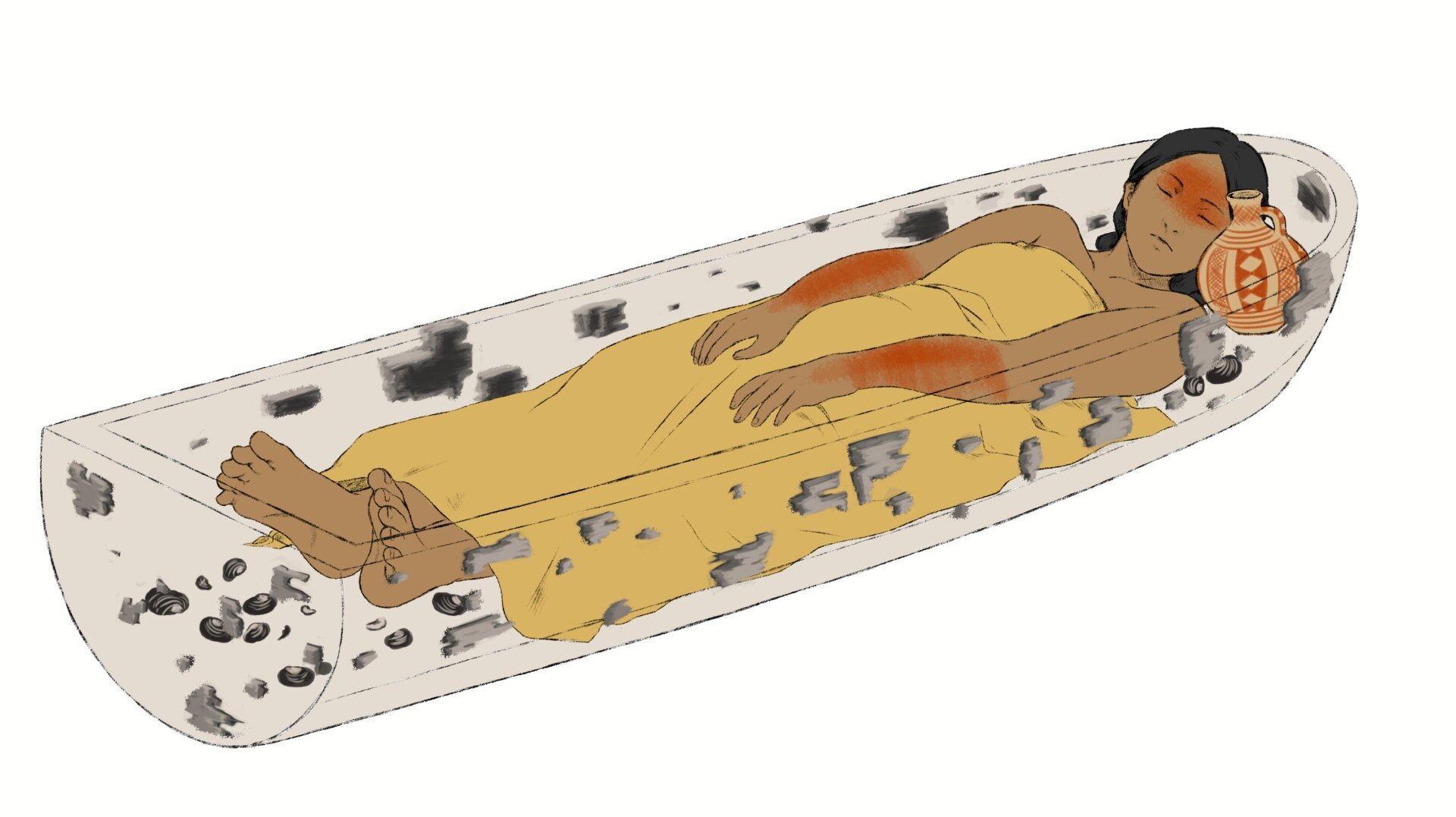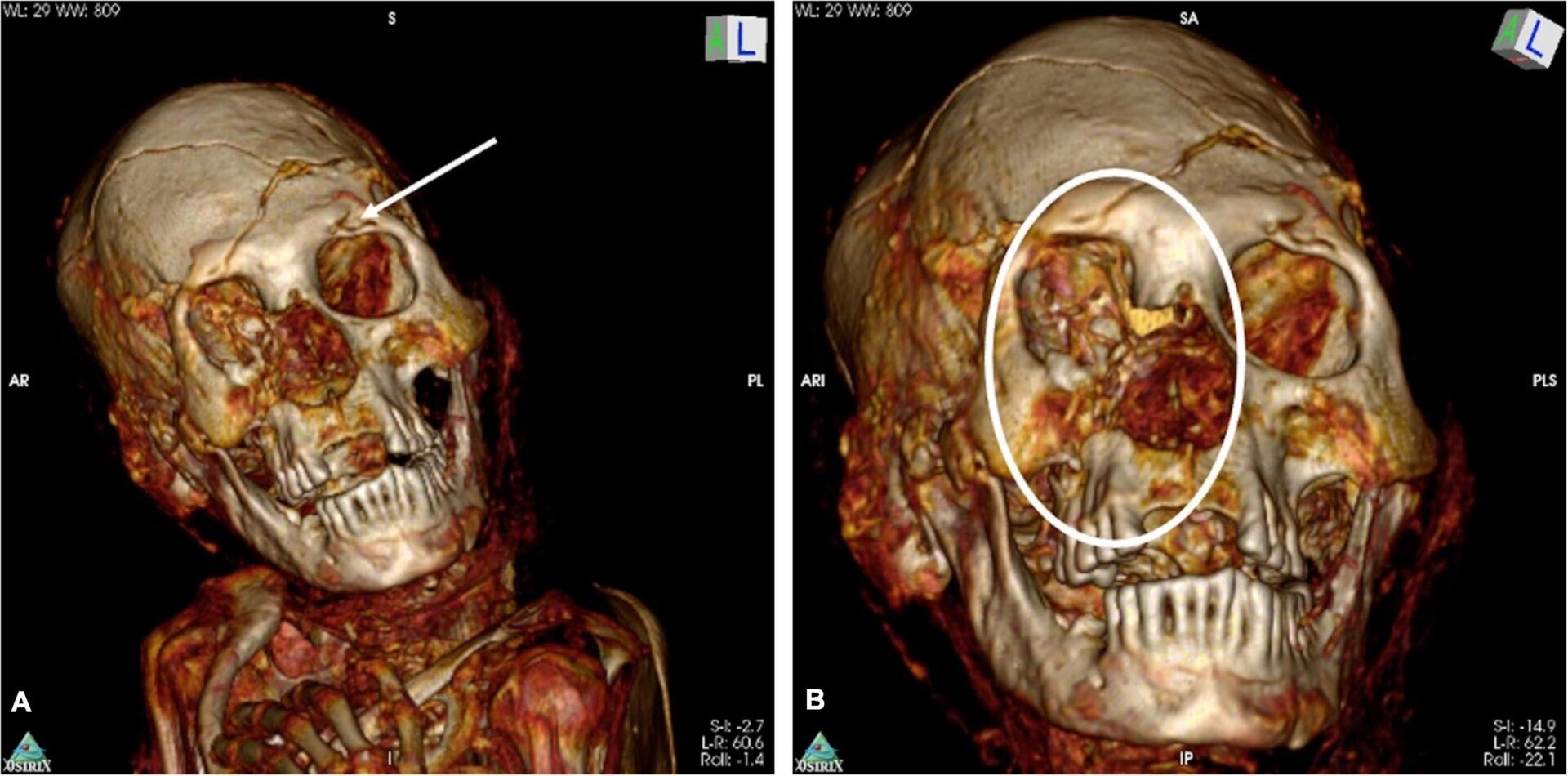The age-old question of which came first, the chicken or the egg, may not be fully answered, but new research provides compelling evidence for the time and place where chickens were first domesticated. This groundbreaking study sheds light on the origins of the world’s most numerous bird.
Previously, the domestication of chickens ( Gallus gallus domesticus) from their wild junglefowl ancestors was thought to have occurred in Southeast Asia, India, or northern China. However, a recent study challenges these assumptions, offering a new perspective on this pivotal moment in human-animal interaction.
Red Junglefowl and Rice Paddies: A Neolithic Partnership
Researchers analyzed a vast dataset of chicken remains from approximately 600 archaeological sites across 89 countries. Their findings point to Ban Non Wat, a Neolithic site in Thailand, as the earliest location for unambiguous evidence of domesticated chickens. The chicken bones discovered at Ban Non Wat date back to between 1650 BCE and 1250 BCE.
The excavations at Ban Non Wat also uncovered remains of juvenile birds, suggesting the presence of poultry farming practices. Crucially, the researchers identified a correlation between the cultivation of rice and millet in the region and the zooarchaeological evidence of chicken domestication. This suggests that red junglefowl, attracted by the readily available grains, ventured into human settlements, forging a relationship that eventually led to their domestication.
 Chicken bones excavated from Ban Non Wat.Chicken bones excavated from Ban Non Wat.
Chicken bones excavated from Ban Non Wat.Chicken bones excavated from Ban Non Wat.
Joris Peters, a zooarchaeologist at Ludwig-Maximilians University in Munich and lead author of the study, explains, “Although jungle fowl can feed on a variety of foods, they prefer seeds. We assume that initially, wild birds foraged in the fields in search of seeds and occasionally entered the villages of cereal-cultivating farmers. Over time, the fowl’s permanent presence in the human niche allowed developing a closer relationship between humans and birds and ultimately their domestication.”
Challenging Previous Assumptions
While other sites predate the Neolithic Ban Non Wat, Peters argues that previous research may have misidentified animal remains or misinterpreted wildfowl as domesticated birds. The combination of archaeofaunal (animal remains) and archaeobotanical (plant remains) evidence provides a more robust and testable hypothesis for the integration of chicken farming into early human subsistence strategies.
“By combining archaeofaunal and archaeobotanical evidence, our study rewrites the origins and history of poultry husbandry and offers for the first time a testable hypothesis for the integration of chicken farming into human subsistence practices,” Peters stated.
From Thailand to the World: The Chicken’s Journey
Today, billions of domestic chickens exist worldwide, making them the most populous bird species. If this recent study’s conclusions hold true, their story began with a Neolithic community in southern Thailand. The researchers believe that the domesticated chickens likely spread as humans migrated, facilitated by river and maritime transport.
 A depiction of early humans interacting with chickens.A depiction of early humans interacting with chickens.
A depiction of early humans interacting with chickens.A depiction of early humans interacting with chickens.
Uncovering the Chicken’s History
As more archaeological sites are discovered and investigated, further insights into the chicken’s domestication and its integration into human societies may emerge. For now, it appears we owe a debt of gratitude to the Neolithic farmers of southern Thailand for laying the foundation of modern poultry farming.
Further research could focus on the genetic evolution of domesticated chickens and the specific cultural practices associated with their early husbandry. The story of the chicken’s domestication is a fascinating chapter in the ongoing narrative of human interaction with the natural world.
Previous Research on Chicken Domestication



